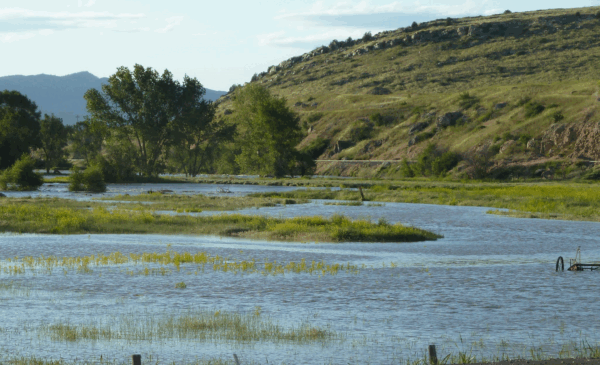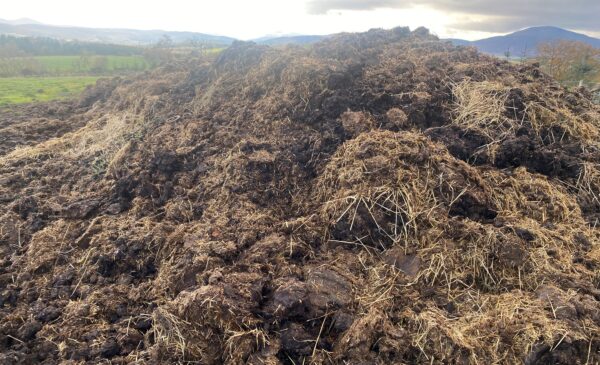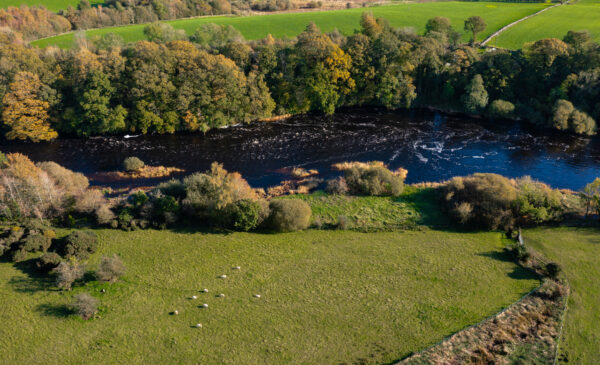What can Arable Farmers do now to succeed in the spring?
Just about now the final crops have being drilled, the straw is in the shed, growth slows down and the farm goes quiet for a few months. Of course, there are always plenty of winter jobs to keep things ticking over from machinery maintenance to overall farm maintenance. But maybe the most important job that can be done in the winter is planning and budgeting for the next cropping year.
A good place to start is with soil analysis.
Fertiliser and organic manure applications can interfere with the accuracy of soil results, so the winter months, when these applications are all long since finished, is an ideal time for soil analysis to be undertaken. This information can help plan fertiliser and lime applications for the next crop year. This helps to budget for the cropping year both in a nutrient sense and a financial sense. The target pH for arable production is 6.0-6.2 on mineral soils. Liming to the correct pH can help to ensure optimum fertiliser use efficiency/nutrient availability and crop growth conditions. However, if the decision is taken to apply lime, the timing of lime and fertiliser applications needs to be planned to avoid interactions between the lime and fertilisers.
After a lime application, if phosphate is applied in quick succession it can react with the lime causing it to become ‘locked up’, which consequently means that it is unavailable for plant uptake. In addition, applying slurry or urea soon after lime can cause a higher rate of volatilisation, increasing the farm’s greenhouse gas emissions and decreasing the amount of nitrogen available for plant uptake. Teagasc recommendations are that if applying lime first then three months should be left between an application of slurry or urea, but if the slurry/urea is applied first then then the lime can be applied 10 days later. A fertiliser and lime plan for scheduling the timing of fertiliser and lime applications can help to ensure maximum efficacy of the products used. Furthermore, nutrient planning now can also help to ensure that the application of any organic manures (other than farm yard manure/slurry) you might have are planned outside of the appropriate Nitrogen Vulnerable Zones (NVZ) closed period for that manure type (for those in NVZ areas).
What type of soil analysis should you do?
Typically, if you, or your contractor have access to variable rate spreading equipment then GPS sampling is recommended. This generally has a minimum accuracy of one sample result per hectare. This would have the greatest benefit in terms of enabling input use efficiency.
Without access to variable rate spreading equipment then whilst GPS sampling may still contribute to your knowledge of the fields, there is less economic benefit to be gained. An aggregate sample for the whole field that has been sampled by walking a ‘W’ pattern and collecting 20-24 cores would be an appropriate method to inform management decisions. In terms of what you are testing for, the minimum standard usually includes, pH, phosphate, potash, potassium, a measure of soil organic matter such as LOI (loss on ignition) and magnesium. However, beyond this there are also many more soil nutrients and properties that you can test for including cation exchange capacity (CEC), calcium, soil nitrogen and more. Valuing your soils and PEPFAA Code offers information, processes and methods to support soil analysis on farm.
Preparing for sustainable farming
Until the end of 2024 there is funding available towards the cost of soil analysis through the Preparing for Sustainable Farming (PSF). The funding is available to anyone would has undertaken a carbon audit in the past three years. This includes a CPD (continued professional development) payment of £250, designed to compensate you for the time it takes to engage with the soil results and make a nutrient plan. Make sure you utilise this funding whilst it’s there and start 2025 on the best foot. Further guidance on the PSF funding can be found on the rural payments website.
Related resources

Working towards weatherproofing
Rebecca Audsley, SAC Consulting
Farmers have always worked with the weather, but we are seeing an increase in both…

Management of Farmyard Manure on farm
Stephen Fields, SEPA
Farm yard manure (FYM) from livestock production has always been a valuable source of fertiliser,…

Environmental authorisations in Scotland are changing
Andrew Wallace, SEPA
From 1 November 2025, the way many farming activities are regulated in Scotland is changing.…

